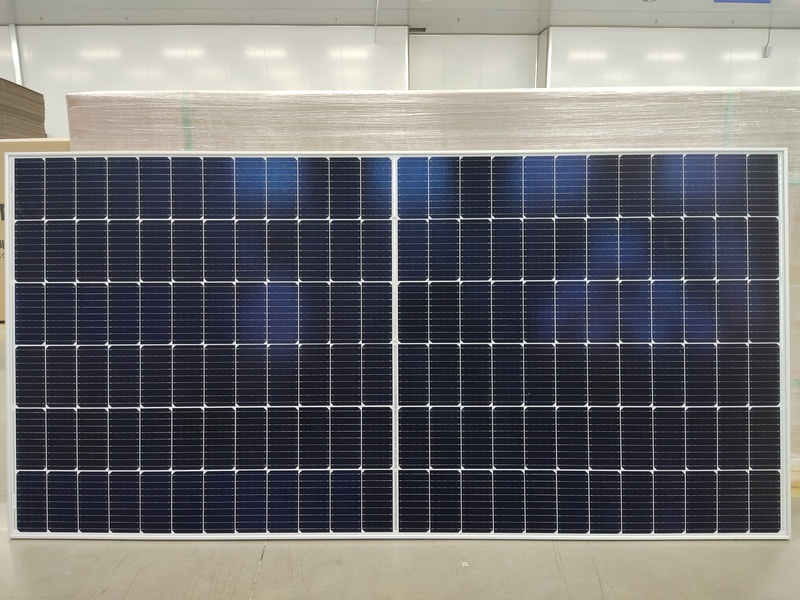Homojunction and heterojunction solar panels are two different types of solar cells based on the construction of the semiconductor layers used in their fabrication. The main difference lies in the composition of these layers and how they are stacked in the solar cell structure.
Homojunction Solar Panels
Homojunction solar panels are made using a single type of semiconductor material throughout the entire solar cell. In other words, both the p-type and n-type semiconductor layers are composed of the same material. The formation of a homojunction relies on creating a junction within the same semiconductor material but with different doping levels to form the p-n junction.
The most common example of a homojunction solar cell is the conventional silicon solar cell, where both the p-type and n-type regions are made of silicon. These solar panels have been widely used for many years and are known for their reliability and efficiency.
Heterojunction Solar Panels
Heterojunction solar panels, on the other hand, are made using different semiconductor materials for the p-type and n-type layers. This means that the junction between the p-type and n-type layers is formed by two different materials.
A well-known example of a heterojunction solar cell is the heterojunction with intrinsic thin-layer (HIT) solar cell, which typically uses a combination of amorphous silicon (a-Si) for the n-type layer and crystalline silicon (c-Si) for the p-type layer. Heterojunction solar cells can also use other materials, such as cadmium telluride (CdTe) or copper indium gallium selenide (CIGS).
One advantage of heterojunction solar cells is that they can achieve higher efficiencies due to reduced recombination losses at the interface between the two materials. The use of different materials allows better energy band alignment and charge carrier flow, resulting in improved performance.
In summary, the main difference between homojunction and heterojunction solar panels lies in the composition of the semiconductor layers. Homojunction solar panels use a single material for both p-type and n-type layers, while heterojunction solar panels use different materials for these layers, which can lead to higher efficiencies and improved performance.


